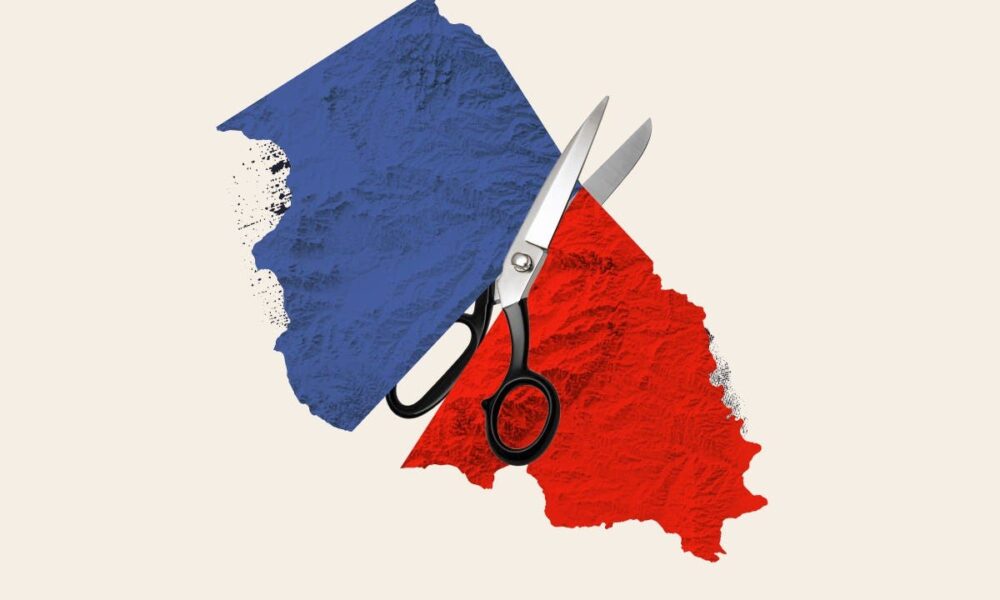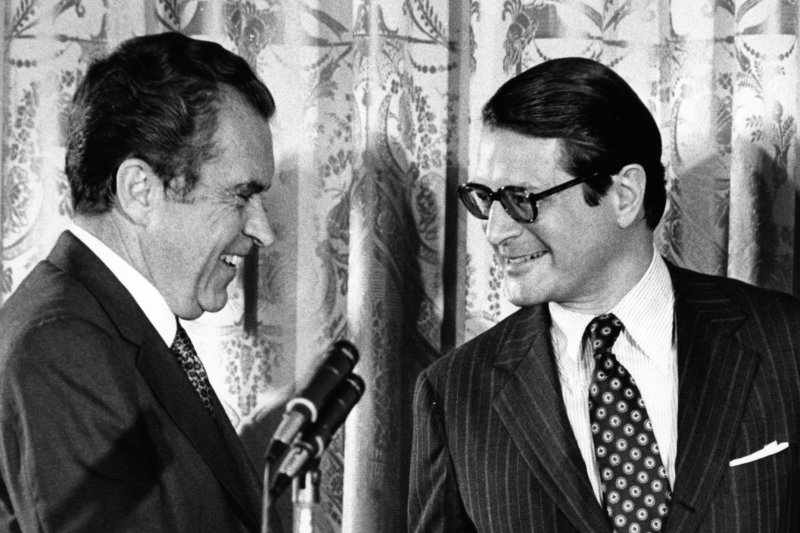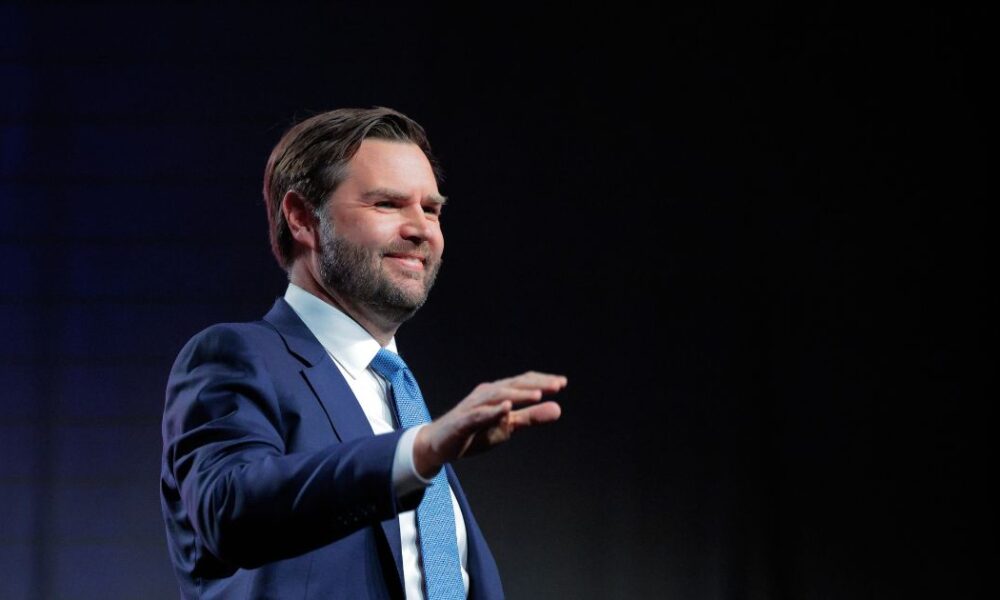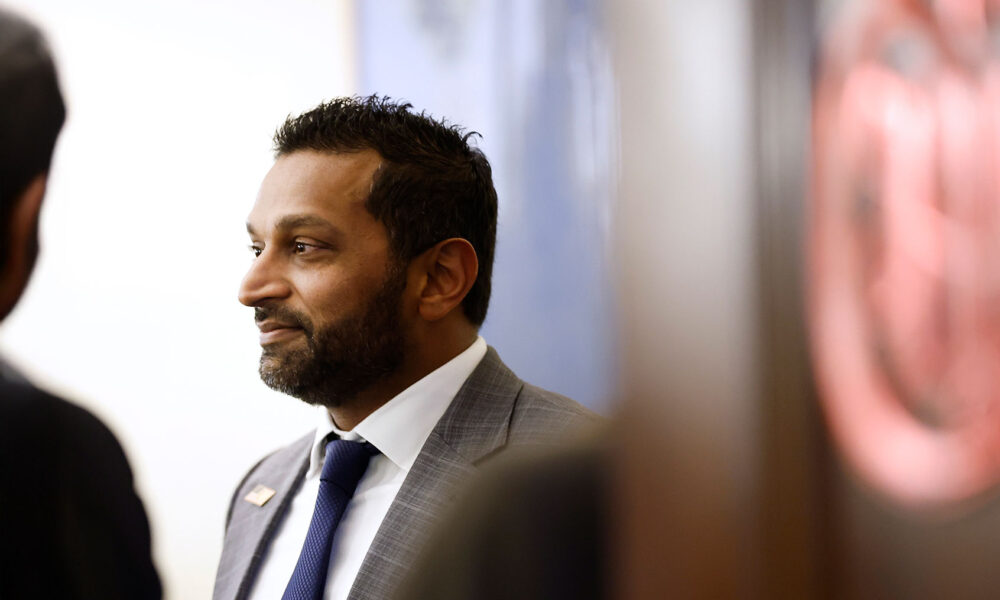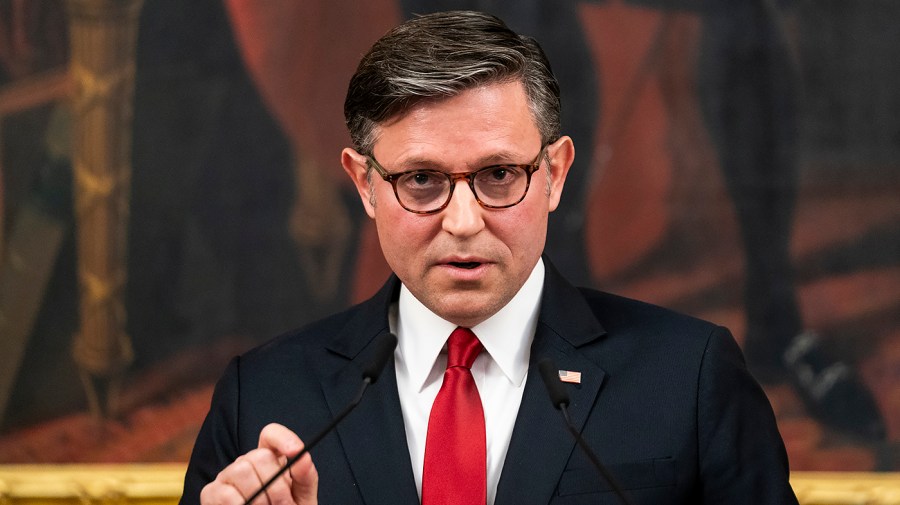Residents in Illinois are rallying for a significant political change as a movement emerges to create a new state called New Illinois. This initiative is fueled by frustration with what many perceive as decades of corruption and neglect from the political stronghold of Chicago. Led by G.H. Merritt, advocates emphasize that their goal is not to secede from the Union but rather to escape the political dominance of urban areas, which they feel do not represent the interests of rural communities.
“We are not looking to leave the Union,” Merritt stated. “This is a legal and constitutional effort to gain representation and accountability.” The campaign’s assertion is that the political landscape of Illinois has been dominated by a single party, which they argue fails to acknowledge the needs of the state’s rural population.
Addressing Political Imbalances
Illinois is widely recognized as a Democratic stronghold, with Democrats holding every statewide executive office and both chambers of the state legislature. In the recent presidential election, Chicago voters cast 78.3 percent of their ballots for the Democratic candidate. However, this overwhelming support masks a significant divide within the state. Many downstate regions lean Republican, often winning the majority of counties even as they lose in statewide elections.
Merritt articulated the core frustration of the movement: “We just want representation. Once we are able to elect leaders who truly reflect our needs, we can work together toward a shared vision for our state.”
The New Illinois campaign describes itself as a nonprofit organization dedicated to educating Illinois citizens on their rights to pursue statehood, citing Article IV, Section 3 of the U.S. Constitution as a roadmap for separation. This constitutional provision outlines the process for admitting new states, similar to how West Virginia split from Virginia.
Historical Context and Future Aspirations
The movement is rooted in a belief that a split is necessary to restore local governance and accountability. Merritt points to the 1946 Supreme Court decision in Reynolds v. Sims, which mandated that state legislative districts be based on population. While intended to ensure equitable representation, critics argue that it disproportionately empowered urban areas like Chicago, effectively marginalizing rural voices.
“Applying Reynolds v. Sims to a state like Illinois, already known for political corruption, has concentrated power in urban centers,” Merritt explained. “When accountability diminishes, corruption flourishes.”
The campaign proposes linking legislators’ salaries to the state’s median income to enhance accountability. They argue that addressing economic disparities is vital to the movement’s success. Merritt voiced concerns about Illinois’ financial challenges and how policies perceived as benefiting urban areas can exacerbate rural discontent.
Public safety is another pressing issue. Merritt highlighted rising crime rates in Chicago, which have deterred downstate residents from visiting the city. She noted that while crime statistics show a decline in violent crime—homicides down by roughly 33 percent in the first half of 2025 compared to 2024—public perception remains one of fear.
The campaign for New Illinois is not the only movement advocating for a political separation from Chicago. Another initiative, the Illinois Separation Referendum, is gaining traction in rural counties, framing its cause as a response to what supporters term “taxation without representation.”
Challenges Ahead
Achieving statehood is complex. Under the U.S. Constitution, both the state legislature and Congress must consent to any new state formation. While Merritt claims support from approximately 13 legislators, this remains a small fraction of the overall state legislature.
In the counties where the referendum has been presented, approximately 74 percent of voters reportedly support the proposal. Yet, the path toward creating a new state could be lengthy. The historical precedent of Maine’s separation from Massachusetts took 38 years to realize, illustrating the challenges faced by the New Illinois campaign.
Recent developments include the establishment of the Indiana–Illinois Boundary Adjustment Commission to explore potential changes to state borders. While this commission is not authorized to enact changes, it aims to provide recommendations on whether such adjustments should be considered. Illinois Governor JB Pritzker has criticized this initiative as a publicity stunt, suggesting it is unlikely to lead to actual changes.
Despite these challenges, Merritt remains optimistic about the potential for an independent downstate Illinois. “We are confident that separating from Chicago could lead to better economic outcomes for both New Illinois and Chicago,” she asserted.
As the campaign progresses, the residents of New Illinois continue to advocate for their vision of a government that truly represents the diverse interests of all Illinoisans.

